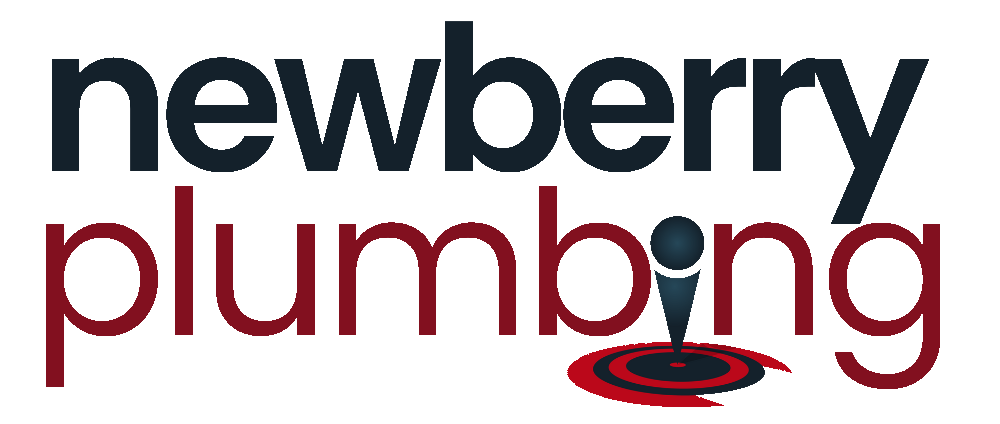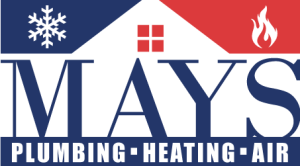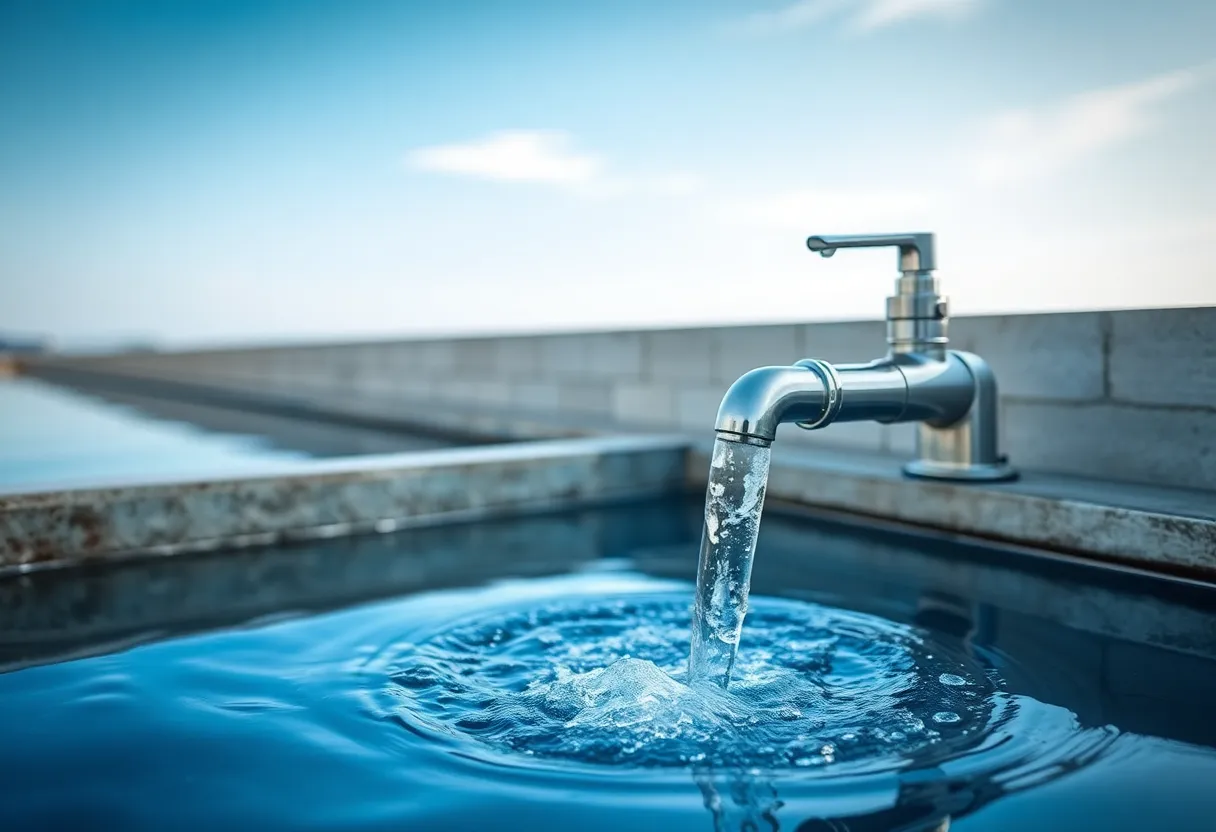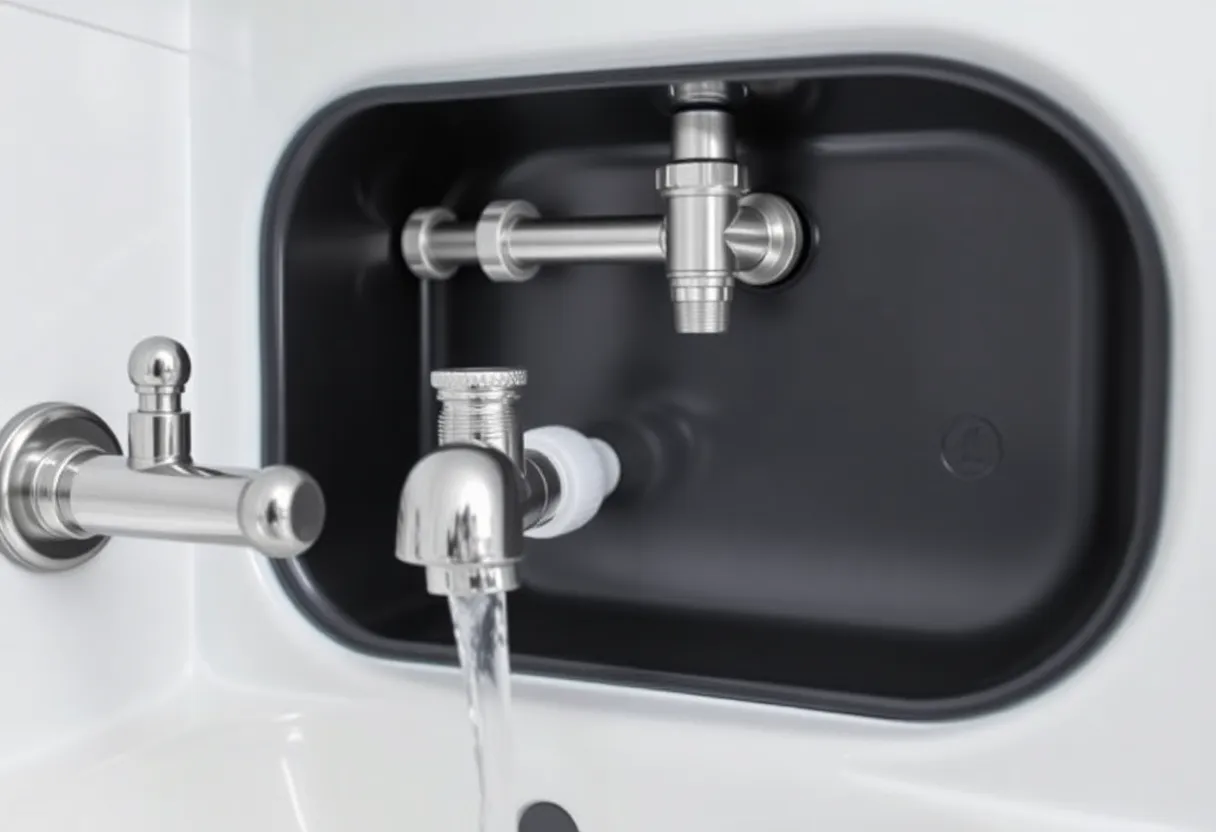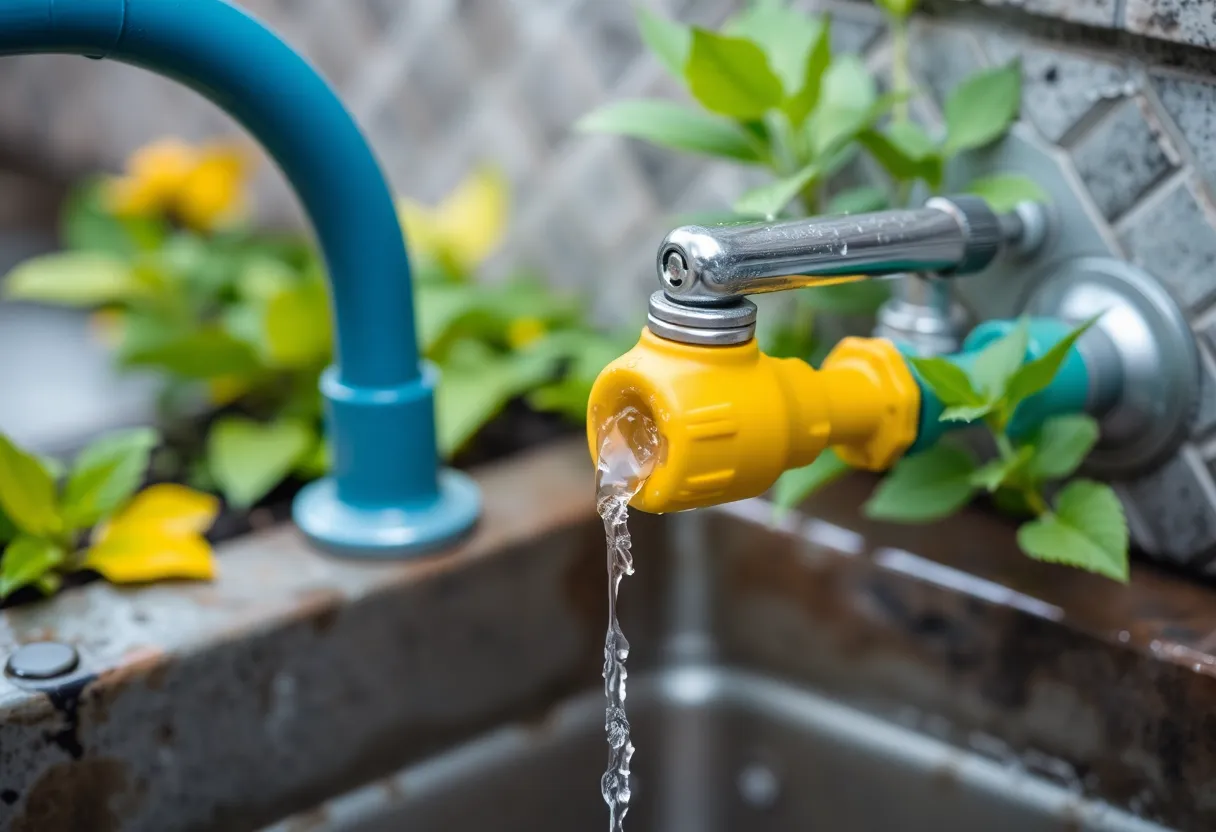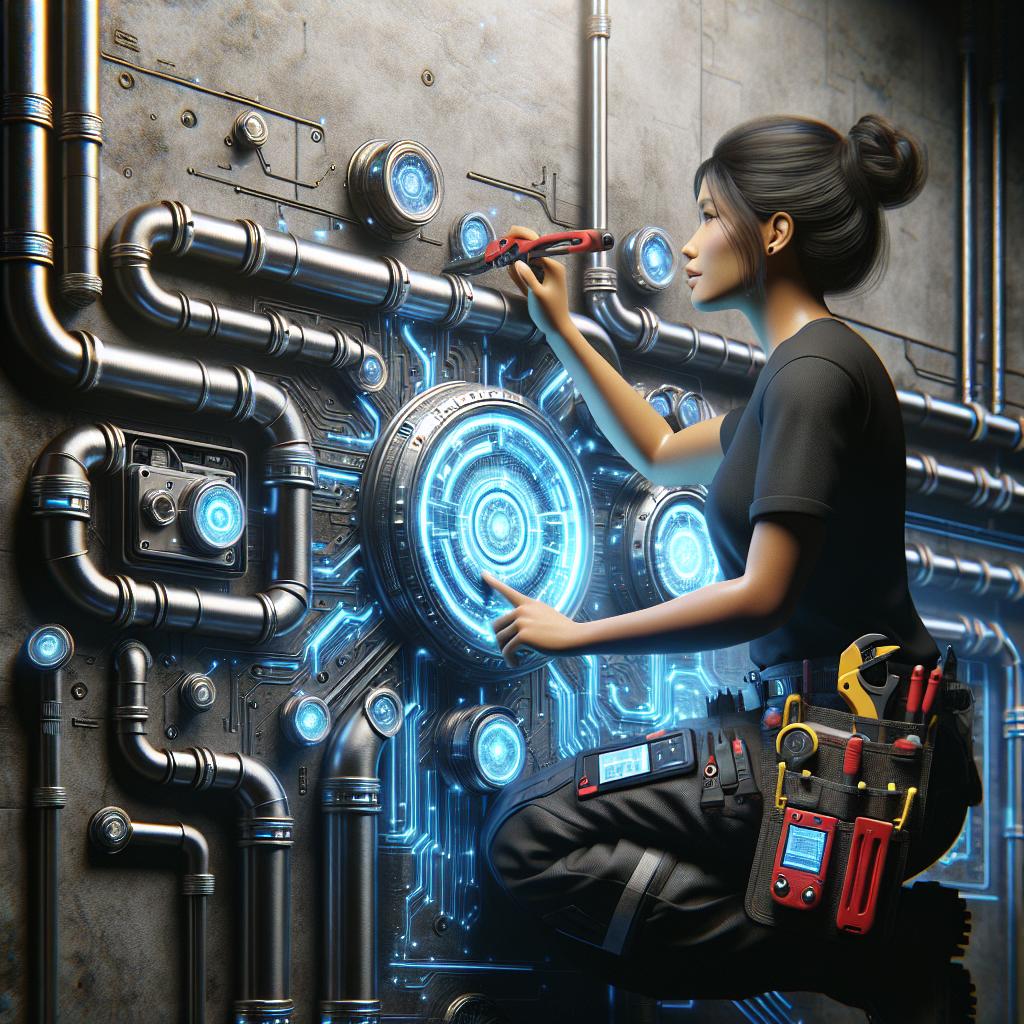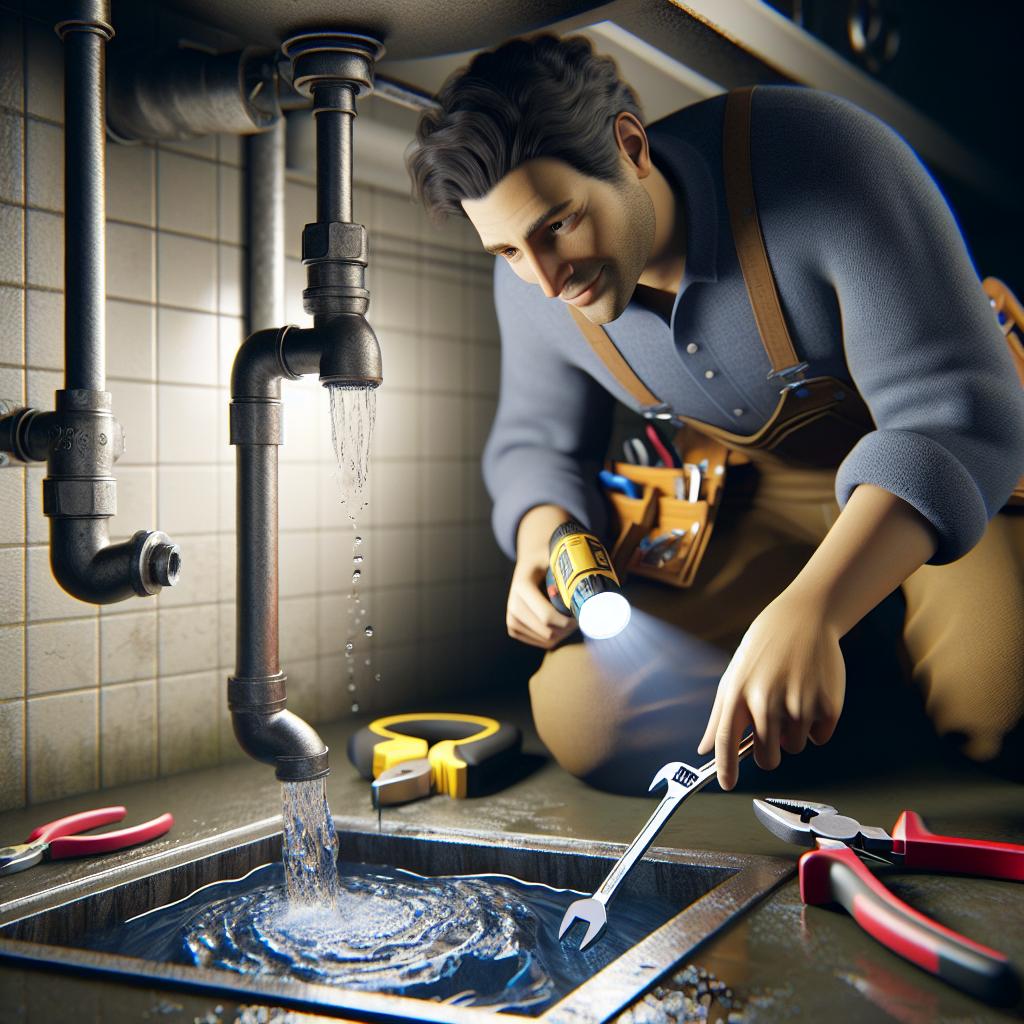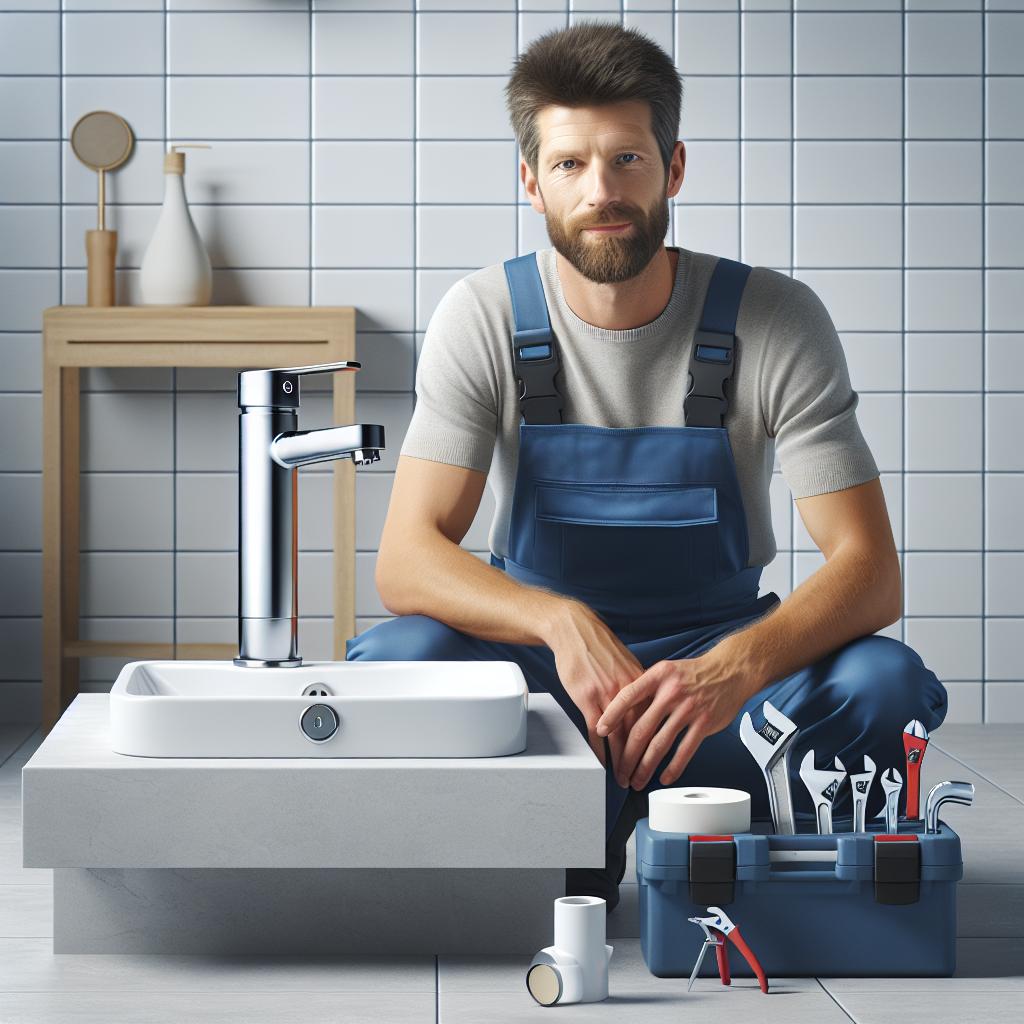Plumbing Revolution: 9 Cutting-Edge Solutions That Will Change Your Home’s Water Efficiency Forever
In a world where environmental consciousness is on the rise and water scarcity is becoming a pressing issue, the need for innovative plumbing solutions has never been greater. Homeowners are increasingly looking for ways to improve water efficiency while ensuring their plumbing systems are both modern and reliable. The plumbing revolution is here, bringing with it nine cutting-edge solutions that promise to transform how we use water in our homes. This article will explore these innovative technologies and practices that can make a significant difference in water conservation and efficiency.
1. Smart Water Meters
Gone are the days of manually checking your water usage. Smart water meters offer a high-tech solution for tracking your water consumption in real-time. These devices provide homeowners with data through a smartphone app or online portal, allowing for a clear understanding of water usage patterns.
Benefits of Smart Water Meters
- Real-Time Data: Users can track their water usage minute by minute, helping to identify wasteful practices.
- Leak Detection: Many smart meters can detect leaks early on, preventing water damage and costly repairs.
- Budgeting: With detailed usage reports, homeowners can create budgets and forecast costs more accurately.
2. Low-Flow Fixtures
Low-flow fixtures are another revolutionary solution reshaping plumbing. These innovative products, such as faucets, showerheads, and toilets, are designed to significantly reduce water flow without sacrificing performance.
Types of Low-Flow Fixtures
- Low-Flow Faucets: Designed to use less water while maintaining optimal pressure, these fixtures can reduce flow rates from 2.2 gallons per minute to 1.5 gallons per minute or less.
- Low-Flow Showerheads: These conserve water by limiting flow to about 2.0 gallons per minute, compared to traditional models that use 2.5 gallons or more.
- High-Efficiency Toilets: Modern toilets that use no more than 1.28 gallons per flush can save homeowners thousands of gallons annually.
3. Greywater Systems
As the need for sustainable water management grows, greywater systems are becoming increasingly popular. These systems recycle water from baths, sinks, and washing machines for non-potable uses such as irrigation and toilet flushing.
How Greywater Systems Work
The process typically involves:
- Collecting greywater from designated drains.
- Filtering and treating the greywater to remove contaminants.
- Redistributing cleaned water for specific uses within the home.
By implementing greywater systems, homes can reduce their demand for fresh water significantly, promoting sustainability and cost savings.
4. Rainwater Harvesting
Rainwater harvesting is a strategy that collects and stores rainwater for domestic use. This practice, which can be applied globally, is particularly beneficial in areas with limited water resources.
Advantages of Rainwater Harvesting
- Reduced Water Bills: Using harvested rainwater can decrease dependence on municipal water supply, leading to lower utility costs.
- Drought Resilience: Harvesting rainwater makes homes less susceptible to water shortages during dry seasons.
- Environmental Impact: This practice promotes conservation and reduces the demand on local water sources.
5. Water-Efficient Appliances
In recent years, water-efficient appliances have emerged as essential components of modern, eco-friendly homes. From dishwashers to washing machines, many appliances now feature advanced technology that minimizes water usage without compromising effectiveness.
Features of Water-Efficient Appliances
- Sensor Technology: Many modern appliances use sensors to determine the optimal amount of water needed for each load.
- Adaptive Wash Cycles: Appliances that adjust their water usage based on the dirtiness of the load save considerable amounts of water.
- High-efficiency Ratings: Look for appliances with the Energy Star or WaterSense labels to ensure they meet strict efficiency standards.
6. Advanced Leak Detection Systems
Leak detection technology has advanced considerably, with smart leak detection systems now available for residential plumbing. These devices can sense water leaks quickly and alert homeowners via mobile apps or alarms, preventing extensive water damage.
How Advanced Leak Detection Works
Most systems include:
- Water Sensors: Placed in areas prone to leaks, these sensors detect any unusual moisture levels.
- Alert Systems: Homeowners receive immediate notifications if a leak is detected.
- Automated Shutoff Valves: Some advanced systems allow homeowners to shut off the water supply automatically upon detecting leaks, further minimizing damage.
7. Dual-Flush Toilets
Dual-flush toilets, which offer two flush options, have gained popularity as a water-saving solution in homes. These toilets allow homeowners to choose a low-flush option for liquid waste and a higher flush for solid waste.
Benefits of Dual-Flush Toilets
- Water Conservation: By offering two flush options, households can save a significant amount of water, often up to 67% compared to standard toilets.
- Cost-Effective: While installation may be more expensive than a traditional toilet, the long-term savings on water bills make them economical.
- Variety of Designs: Dual-flush toilets are available in a variety of styles, making them suitable for any bathroom aesthetic.
8. Biodegradable Plumbing Products
As sustainability takes center stage, biodegradable plumbing products are becoming essential in modern plumbing. These products minimize environmental impact when disposed of and include options like biodegradable pipes, fittings, and toilet paper.
Advantages of Biodegradable Plumbing Products
- Reduced Plastic Waste: By choosing biodegradable options, homeowners help decrease the volume of non-degradable plastic waste in landfills.
- Environmental Safety: Many biodegradable products break down naturally, reducing harm to the ecosystem.
- Healthier Indoor Environment: Biodegradable products often contain fewer chemicals, promoting better air quality inside the home.
9. Smart Irrigation Systems
For homeowners who enjoy gardening and landscaping, smart irrigation systems provide a technological solution for efficient water usage. These systems automatically adjust watering schedules based on weather forecasts and soil moisture levels, ensuring plants receive just the right amount of water.
Benefits of Smart Irrigation
- Water Efficiency: By using real-time data to manage watering, these systems can reduce water usage by as much as 50%.
- Convenience: Smart irrigation systems can often be controlled remotely via smartphone apps.
- Healthier Plants: By providing optimal water, plants are less subject to stress, leading to healthier growth.
Conclusion
The plumbing revolution is paving the way for more efficient and sustainable water usage in homes across the globe. By embracing these nine cutting-edge solutions, homeowners not only contribute to environmental conservation but also enjoy significant savings on their water bills. As technology continues to evolve, the potential for improving water efficiency will only grow, leading to a more sustainable future for all.
